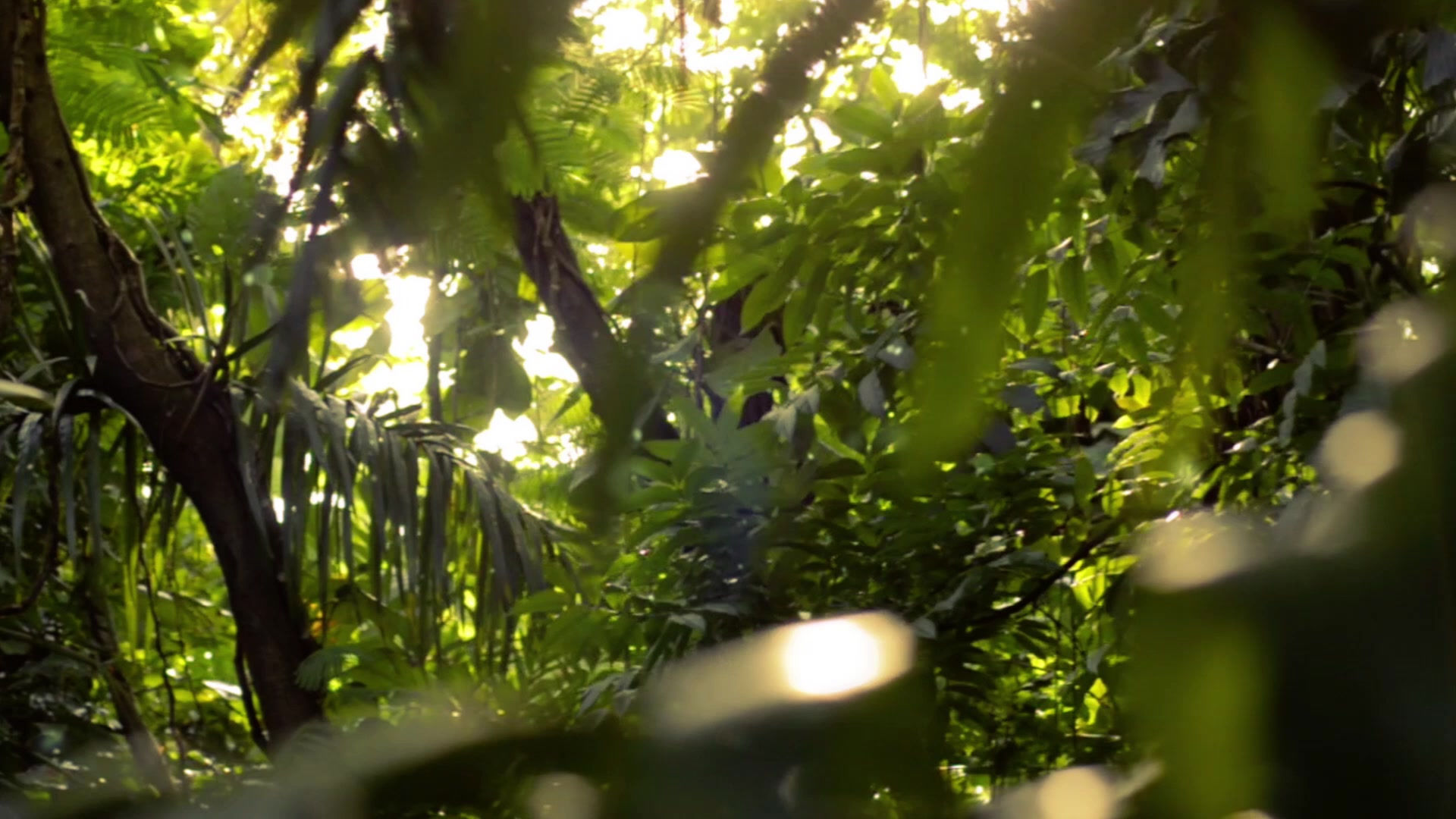The Art and Science of Nature Journaling: A Pathway to Healing and Connection
- Deborah Punton

- Dec 6, 2024
- 3 min read
Updated: Sep 8
As an ecopsychologist, I’ve seen firsthand how engaging with nature can transform our mental, emotional, and physical well-being. One of the most powerful tools for fostering this connection is Nature Mindfulness eco-therapy combined with nature journaling. Nature Journaling in the traditional sense is a practice that blends observation, creativity, and mindfulness to deepen our relationship with the natural world.

Mindful Observation: Cultivating Presence in Nature
At the heart of nature journaling lies mindful observation, the practice of attentively noticing details in the natural world without judgment. This encourages a sense of presence and deepens our awareness of the environment. Imagine sitting beside a pond. You notice the ripples caused by a dragonfly landing, the subtle forms and variations of green water plants, and the reflection of clouds on the water's surface. By sketching or jotting these observations, you engage multiple senses, which can reduce stress and anchor you in the moment. Many studies have found that engaging in nature-based mindfulness activities, such as observing and documenting, significantly reduced symptoms of anxiety and depression. The act of focusing attention outward—shifts the mind from ruminative thought patterns.
Curiosity and Inquiry
Nature journaling invites us to adopt a childlike mindset, sparking wonder, curiosity and encouraging inquiry. Asking questions like “Why do tree leaves have different shapes?” or “What bird made this call?” transforms the natural world into an endless source of wonder. We can also delve into the sciences following our curiosity and passions into learning more about ecology, botany, ornithology, meteorology, geology and evoluntionary science. iNaturalist, a global citizen science project is a wonderful tool to document and sharing findings.

Emotional Expression: Reflecting Through Art and Writing
Nature journaling isn’t only about recording observations; it’s also a space to explore emotional responses to the experiences. Nature, art and emotion can be an incredibly therapeutic combination. Research has found that creative practices like drawing or writing in nature can improve emotional resilience and foster a sense of belonging to something larger than oneself.
Building a Personal Connection: Developing Ecological Literacy
Through consistent practice, nature journaling cultivates ecological literacy—an understanding of natural systems and our place within them. By observing seasonal changes, weather patterns, and wildlife behavior, journalers become more attuned to the rhythms of their local environment. Clare Walker Leslie, a pioneer in nature journaling, emphasizes the importance of connecting to the seasons. In her book Keeping a Nature Journal, she shares how documenting changes in plant life or bird migrations fosters a deeper sense of place and time.
Greensong Kinfolk's seasonal practices focus on observing and recording seasonal patterns, such as the blooming of flowers or bird migrations. Over time, this practice not only reveals valuable insights into environmental changes but also fosters a deeper connection to natural cycles, the seasons, and our inner rhythms.
Nature Journaling as Advocacy: Inspiring Conservation
Nature journaling doesn’t just benefit individuals—it can also inspire environmental advocacy. When people document and share the beauty and challenges of natural spaces, they build awareness and inspire action. John Muir, often called the "Father of National Parks," wrote extensively about his emotional connection to nature. His journals combined vivid descriptions with poetic musings, such as:"The mountains are calling, and I must go." These reflections not only captured his experiences but also inspired millions to advocate for the preservation of wilderness. Rachel Carson’s book Silent Spring began with her detailed observations of declining bird populations, meticulously recorded in her notes. Her writings catalyzed the modern environmental movement, leading to policy changes that banned harmful pesticides like DDT.
Slow Down and Reconnect
Nature journaling is a bridge to deeper self-awareness and ecological connection. By integrating mindfulness, curiosity, creativity, and observation into this practice, we nurture both personal well-being and a sense of belonging, respect and responsibility. As we face increasing ecological challenges, reconnecting with the natural world through practices like nature journaling becomes more valuable.
References:
Kaplan, R., & Kaplan, S. (1989). The Experience of Nature: A Psychological Perspective.
Carson, R. (1962). Silent Spring.
Leslie, C. W. (2000). Keeping a Nature Journal.
Study on mindfulness in nature: Frontiers in Psychology, 2020.






Comments